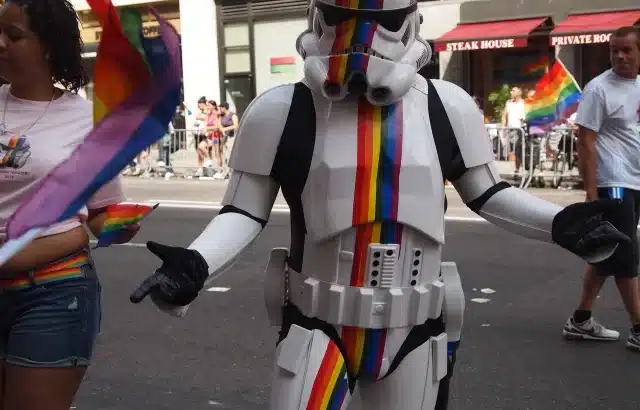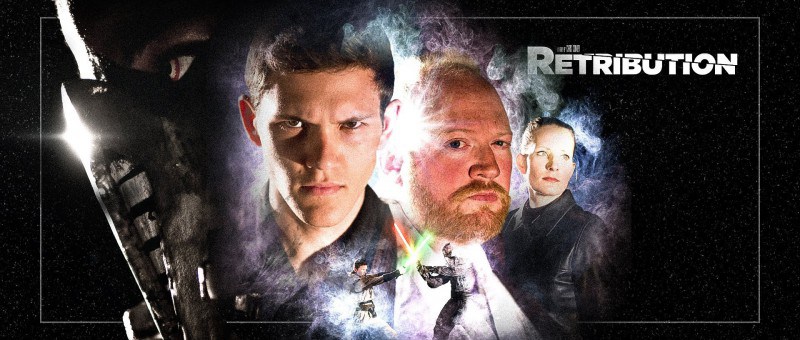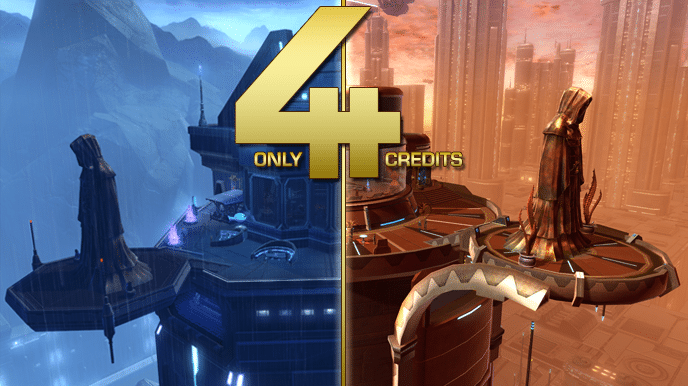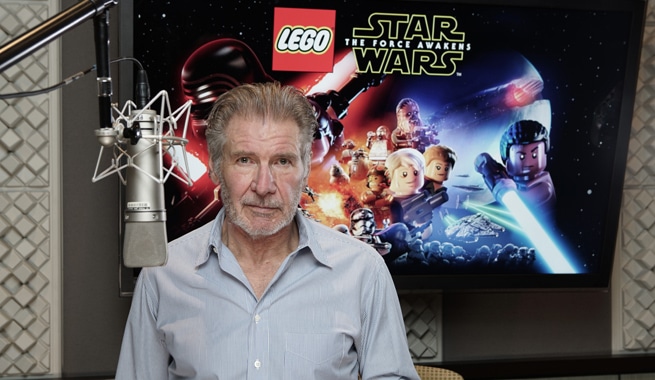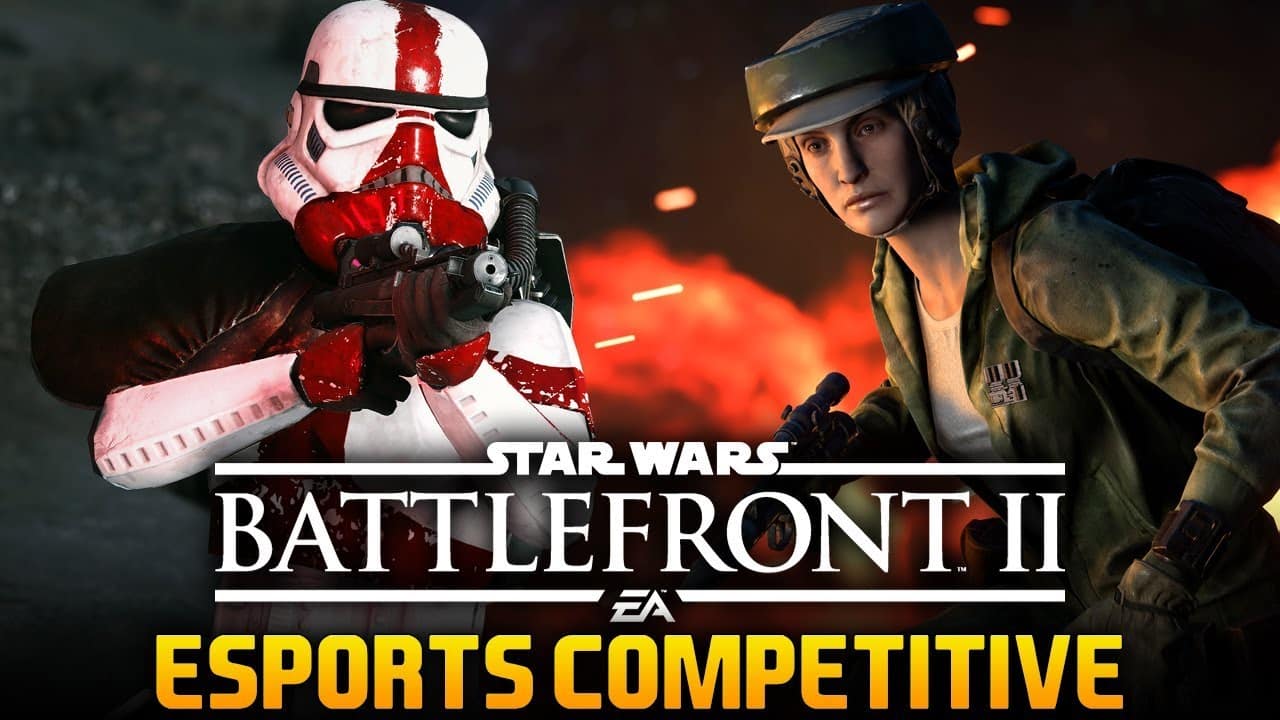As one of the most enduring and influential franchises in pop culture, Star Wars has captivated audiences worldwide with its epic tale of good versus evil, captivating characters, and expansive universe. However, one aspect that has been increasingly in focus is the representation of queer characters in the Star Wars universe. As we take a retrospective look, it’s clear that while there have been strides made in LGBTQ+ representation, there is still a long journey ahead.
The Original Trilogy and Prequels: A Lack of Queer Representation
When the original Star Wars trilogy released between 1977 and 1983, queer representation was virtually non-existent. Given the era, it’s perhaps not surprising. Mainstream media at the time rarely included openly LGBTQ+ characters, and Star Wars was no exception. The prequel trilogy, released from 1999 to 2005, didn’t notably improve on this aspect, with the primary focus remaining on heterosexual relationships and characters.
Queer Fan Communities Blossom in the Digital Age (1996 onwards)
While queer themes and characters within the Star Wars franchise were still navigating a course towards better representation, the series’ fans were creating their own spaces for exploration and celebration of queer narratives. The first recorded queer Star Wars fan community emerged in 1996 with the distribution of the Elusive Lover fanzine. Spanning a period of five years, from 1996 through 2001, this fanzine offered a platform for sharing unofficial stories of queer romance set against a Star Wars backdrop.
This era marks the dawning of a new age in fandom, one that saw the fan community’s expansion beyond physical conventions and hobby stores into the burgeoning landscape of the internet. As the digital realm evolved, fan communities flourished, finding new and more diverse platforms to express their creativity and passion for the franchise.
From websites like Fanfiction.net and LiveJournal to social networking sites such as Tumblr, Star Wars fanfiction rapidly gained popularity. Archive of Our Own (AO3), a fan-run, open-source platform, became a major hub for fanfiction writers. It hosts a vast collection of queer Star Wars fanfiction, with thousands of stories exploring various characters and relationships through a queer lens.
These digital fan communities played a significant role in amplifying queer narratives in the Star Wars universe. They offered a space for fans to explore and create their own stories, serving as a testament to the power of fan creativity and the importance of representation. Despite the franchise’s early missteps in on-screen representation, these communities fostered a vibrant, inclusive space where queer Star Wars stories could truly flourish.
The Awkward First Steps of Queer Themes in Star Wars Media (1997-1999)
The late 1990s marked a significant yet somewhat clumsy phase in Star Wars’ approach to queer representation. During this period, explicit queer themes began to emerge within the franchise’s ancillary material, including novels and comics. However, these initial attempts at representation were far from flawless.
In an unfortunate conflation, queer perspectives were often equated with the experiences of fictional aliens. While this added a layer of diversity to the expansive Star Wars universe, it also risked oversimplifying and alienating the very identities it sought to represent. These early efforts were described as “stumbling towards representation,” a poignant reflection of the franchise’s struggle to accurately and respectfully depict queer identities and experiences.
This period serves as a reminder of the challenges faced by media franchises in their attempts to include diverse representations. As Star Wars tried to expand its narrative horizons, it underscored the importance of genuine and nuanced portrayals of queer characters and themes, an area where it still had much ground to cover. These early missteps underlined the importance of moving beyond symbolic or metaphorical representations, towards genuine and nuanced depictions of queer characters and themes.
Exploring Gender Fluidity and Queer Characters: A Mixed Bag (1997-1999)
Between 1997 and 1999, the Star Wars universe began to experiment with gender fluidity and the introduction of queer characters in its expanded universe. A.C. Crispin’s Han Solo novel trilogy was one such example. It introduced the Hutt species, which exhibited fluid sex roles, changing at will between male and female for procreative purposes. This depiction of non-binary gender roles among non-human characters was a significant step forward, even though it might seem a safe choice to explore such themes through non-human species.
The trilogy also presented an Imperial character, Moff Sarn Shild, whose sexual preferences were not heteronormative. However, the character kept a mistress to hide this fact, an all-too-familiar trope of concealing one’s true identity due to societal pressures and norms.
The 1999 comic book The Bounty Hunters: Aurra Sing went a step further by introducing a character named Rees Kairn, born a male Twi’lek but presenting as a human woman. Regrettably, Kairn’s narrative was rooted in deception and concealment, themes that have been prevalent in transphobic narratives. Such storytelling has a harmful impact, reinforcing damaging stereotypes about the need for concealment and deception within the trans community.
These attempts to incorporate queer characters and themes into the Star Wars universe were undoubtedly significant, yet they were also flawed. While the exploration of fluid sex roles and the introduction of non-heteronormative characters marked progress, the reliance on clichéd narratives of deception and concealment reflected a continued misunderstanding and misrepresentation of queer identities. These missteps underscored the need for more authentic, respectful, and nuanced portrayals of queer characters and experiences in the franchise’s future.
Breaking Ground: The First Queer Star Wars Characters (2003-2006)
The early 2000s saw the franchise take a significant step forward in queer representation with the introduction of the first openly queer characters in a Star Wars property. This groundbreaking development came, surprisingly, not in a film, book, or comic, but in the realm of video games.
The critically acclaimed Star Wars: Knights of the Old Republic, released in 2003, introduced audiences to Juhani, a female Jedi from the cat-like Cathar species. What set Juhani apart was not just her strong character and compelling backstory, but her sexuality. If players chose to play as a woman, they had the opportunity to pursue a romantic relationship with Juhani, marking the first instance of a same-sex relationship within the Star Wars universe.
Juhani’s inclusion in Knights of the Old Republic marked a notable milestone for queer representation in Star Wars. For the first time, players could experience a narrative that explicitly acknowledged and embraced queer relationships. This was a significant step in the right direction, proving that the franchise was capable of offering more nuanced and genuine portrayals of queer characters and relationships. It provided hope that future Star Wars media would continue to expand upon this precedent, offering more diverse and inclusive narratives to its audience.
The Expanded Universe: First Steps towards Inclusion
Despite the films’ lack of queer characters, the expanded Star Wars universe, particularly the novels and comics, began to show signs of change. The first explicitly queer character in Star Wars was introduced in the novel “Legacy of the Force: Sacrifice” (2007). The character, Moff Delian Mors, was a lesbian, marking a milestone in Star Wars representation. However, her inclusion was met with mixed responses, as some critics believed her character relied on harmful stereotypes.
The New Trilogy and Beyond: A New Hope for Queer Representation
With the launch of the new trilogy in 2015, hopes were high for increased representation. While there were no openly queer main characters, there was a subtle hint towards the possibility. The intense bond between Finn and Poe Dameron led to widespread speculation about a potential romantic relationship. Despite the enthusiasm from fans and even encouragement from actor Oscar Isaac, the films did not explicitly confirm this.
The standalone films and newer series have made further strides. In “Solo: A Star Wars Story” (2018), Lando Calrissian was portrayed as pansexual according to the film’s writer, although this was not overtly addressed in the film. The animated series “Star Wars Resistance” (2018-2020) introduced the franchise’s first openly gay couple, Flix and Orka.
The Future of Queer Representation in Star Wars
As we look to the future of Star Wars, there is undoubtedly room for more explicit and diverse queer representation. As the franchise continues to expand with new films, TV series, and novels, there are more opportunities than ever to include a variety of LGBTQ+ characters. It’s essential that these characters are well-rounded and avoid harmful stereotypes, thus truly representing the diversity and complexity of the queer community.
In conclusion, while the Star Wars universe has made some strides in queer representation, there’s still a long way to go. Increased inclusion of LGBTQ+ characters can only serve to enrich the Star Wars universe, reflecting the diversity of its global fanbase and promoting a message of acceptance and unity that aligns with the core values of the franchise.


